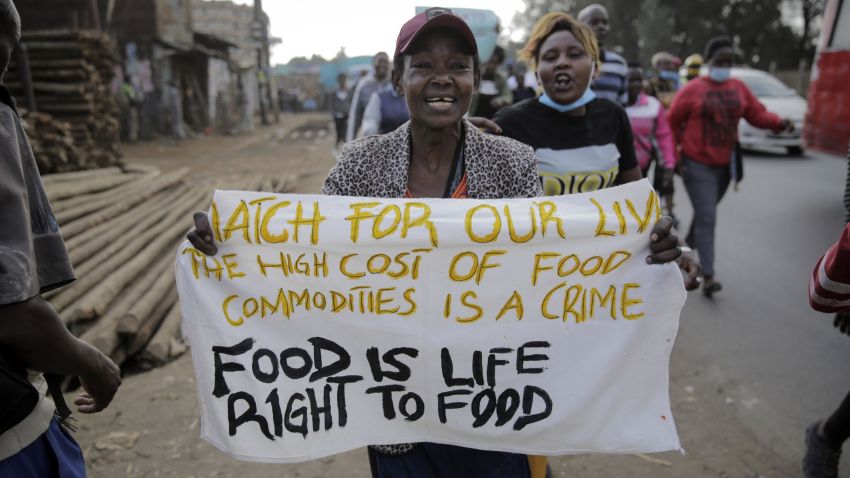Inflation has become a core concern and ubiquitous buzzword across the globe in recent months, with prices of consumer goods surging due to supply and demand shocks, mostly related to the COVID-19 pandemic and the Russian invasion of Ukraine in February. The consumer price index—a measure of a country’s average level of prices based on the cost of a typical basket of consumer goods—has increased 8.5 percent in the United States since the beginning of 2022. Other industrialized countries experiencing significant price upticks this year include the United Kingdom, with a 10.1 percent increase; Mexico, by 8.2 percent; and Brazil, by 10.1 percent. Conditions are even worse in many developing countries, with a shocking 33.5 percent increase in Ethiopia and 24.9 percent increase in Pakistan, to date.
Most of these price increases are concentrated in two key areas: fuel and necessities, like fertilizer. For instance, though the cost of gasoline has abated slightly in the U.S. in recent weeks, prices rose 44 percent in the 12 months ending in July, according to the U.S. Bureau of Labor Statistics. This increase is largely the result of recovering consumer demand for gas, alongside low supply caused by cutbacks in oil production at the height of the COVID-19 pandemic. The war in Ukraine has exacerbated these pressures, with the U.S. banning oil imports from Russia, which produces 10 percent of the world’s oil supply. The situation is even more dire in the European Union, where natural gas prices rose a whopping 700 percent by July 2022 amid EU efforts to suspend imports from Russia as a part of its sanctions package over the invasion of Ukraine, though prices have since fallen significantly.
The same is true of fertilizer, many types of which Russia is the world’s largest exporter. Over the past 12 months, prices of three kinds of fertilizer—urea, liquid nitrogen and anhydrous ammonia—are up 149 percent, 192 percent and 235 percent respectively, due to rising input costs and the West’s sanctions on Russia. Farmers around the world have suffered as a result, on top of the challenges brought about by rising fuel costs. Price increases in these areas have had knock-on effects for an array of consumer goods—including coffee, wheat and produce, among many others.

